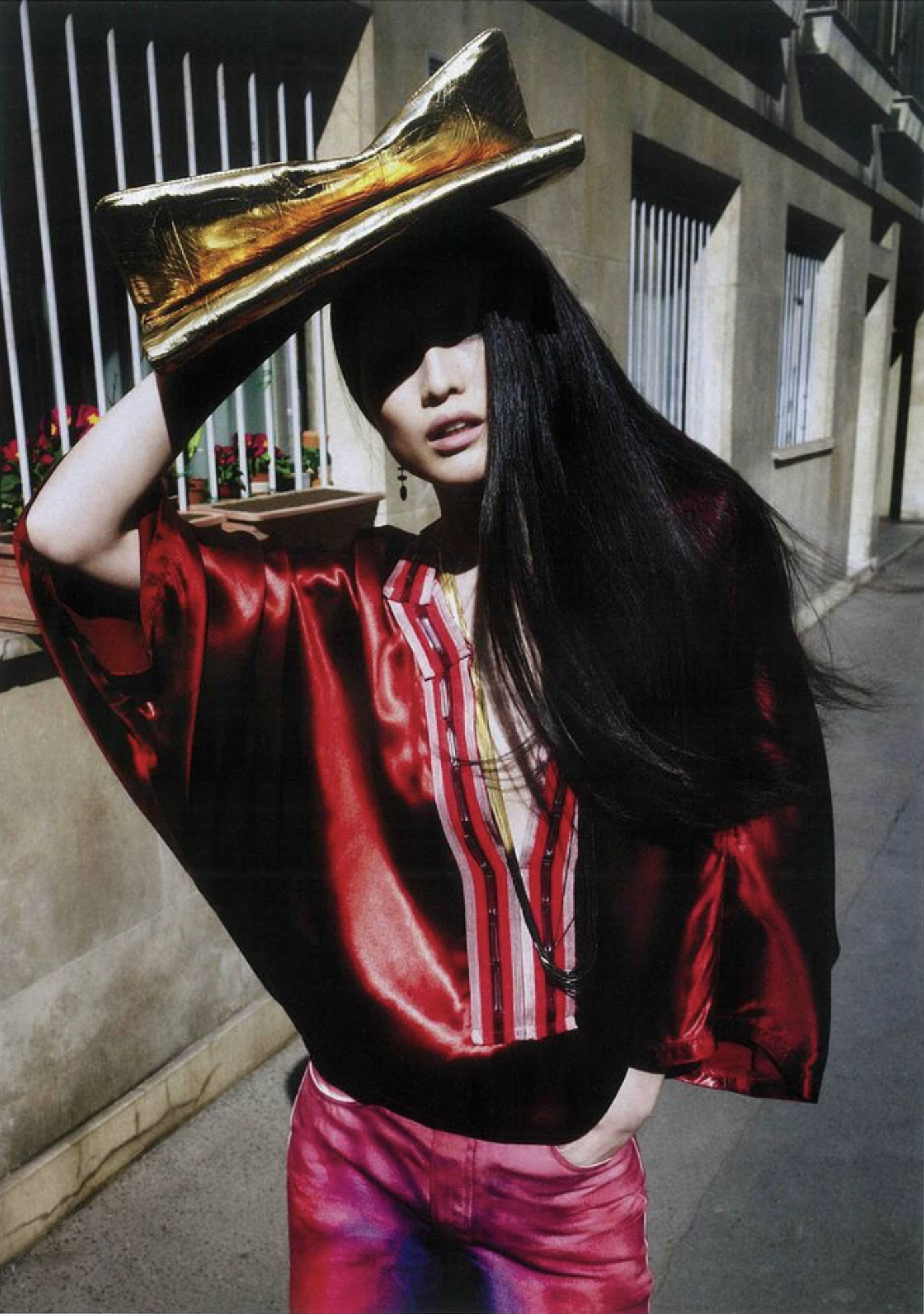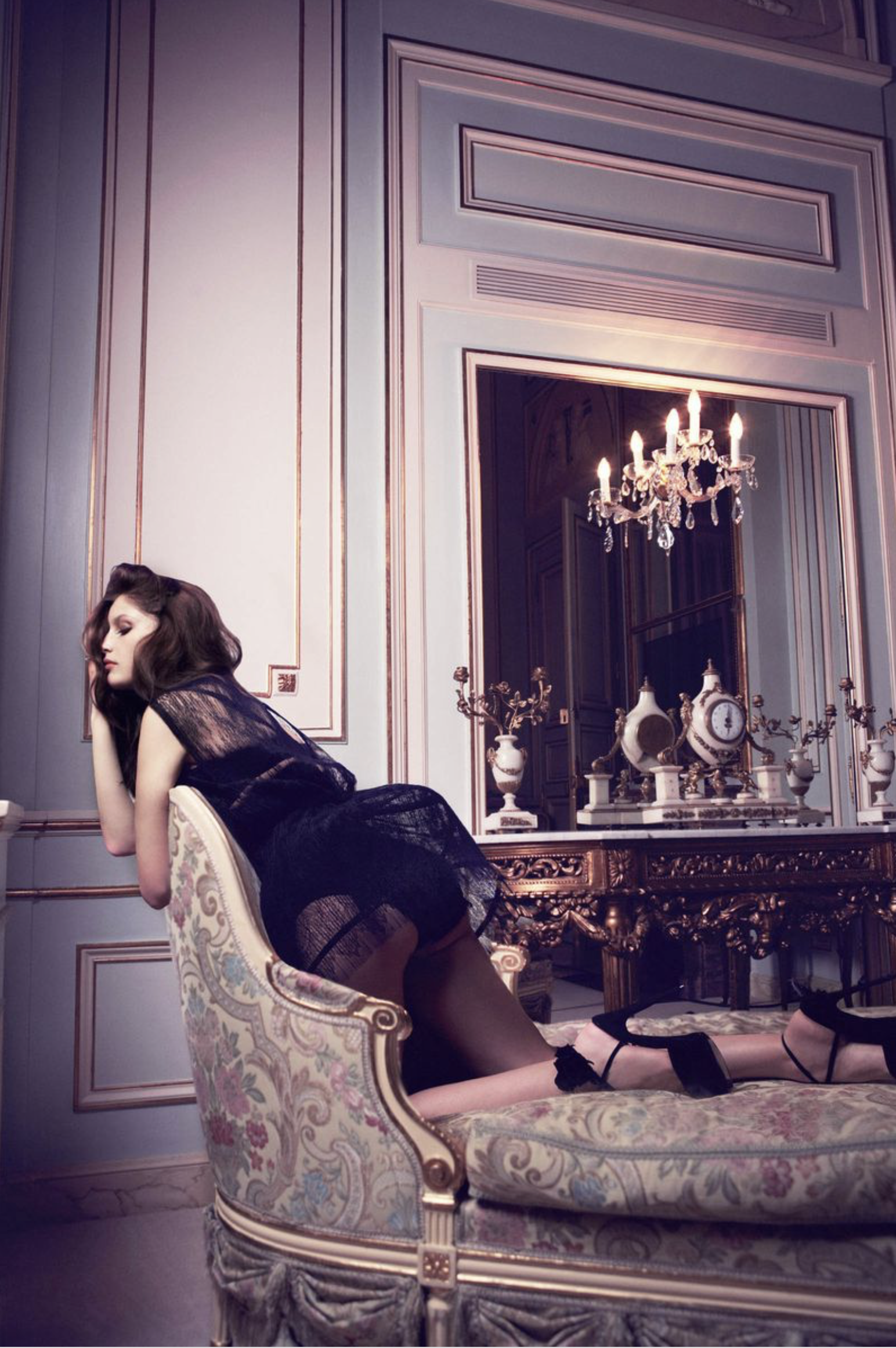Paul Roberts | Hyperrealism's Emotional Technicalities
/ Paul Roberts “Caribbean Christmas”Visual devices — and specifically photographs in the nineteenth century — have been used since the fifteenth century to aid artists. By the twentieth century, photography was so powerful that artists abandoned paint brushes to pick up the camera.
Paul Roberts “Caribbean Christmas”Visual devices — and specifically photographs in the nineteenth century — have been used since the fifteenth century to aid artists. By the twentieth century, photography was so powerful that artists abandoned paint brushes to pick up the camera.
When Photorealism evolved as a counter response to Abstract Expressionism and Minimalism generally in the late 1960s, it invited intense criticism of its use of photographs. Heavily influenced by Pop artists who pointed out the absurdity of much of the commercial imagery prevalent in America, the Photorealists sought to exalt the value of an image. Paul Roberts “The Passenger”Among the Photorealists, committed to tight and precise images that require a high level of technical prowess and virtuosity. Emerging from this high-visual impact movement is a group called the Hyperrealists, who push the technical prowess of paintings beyond what was considered possible.
Paul Roberts “The Passenger”Among the Photorealists, committed to tight and precise images that require a high level of technical prowess and virtuosity. Emerging from this high-visual impact movement is a group called the Hyperrealists, who push the technical prowess of paintings beyond what was considered possible.
Unlike the Photorealists, the Hyperrealists embrace emotion.  Paul Roberts “The Bodyguard”Looking at the paintings of Paul Roberts, described on his website as “dreams made uncomfortably a little real”, one senses the sensually erotic tension, the thoughts not shared, words not spoken, actions unconsummated.
Paul Roberts “The Bodyguard”Looking at the paintings of Paul Roberts, described on his website as “dreams made uncomfortably a little real”, one senses the sensually erotic tension, the thoughts not shared, words not spoken, actions unconsummated.
This is high-energy art, pulsing with sensations held in check but so vivid that we become mindreaders observing immoral, violent yet sutble impulses held in check.
 Paul Roberts “Horsdouevre”
Paul Roberts “Horsdouevre”  Paul Roberts Telephone 2
Paul Roberts Telephone 2 Paul Roberts Operator
Paul Roberts Operator paul Roberts “Dead Calm”
paul Roberts “Dead Calm”
 Paul Roberts “Breaking and Entering”
Paul Roberts “Breaking and Entering”
 Paul Roberts Angel Redeemer
Paul Roberts Angel Redeemer
 Paul Roberts “Night Starvation”
Paul Roberts “Night Starvation”
 Paul Roberts “Asleep”
Paul Roberts “Asleep”
 Paul Roberts “Fickle Heart”
Paul Roberts “Fickle Heart” Paul Roberts Little Sister
Paul Roberts Little Sister Paul Roberts “Nude Descending”
Paul Roberts “Nude Descending”







